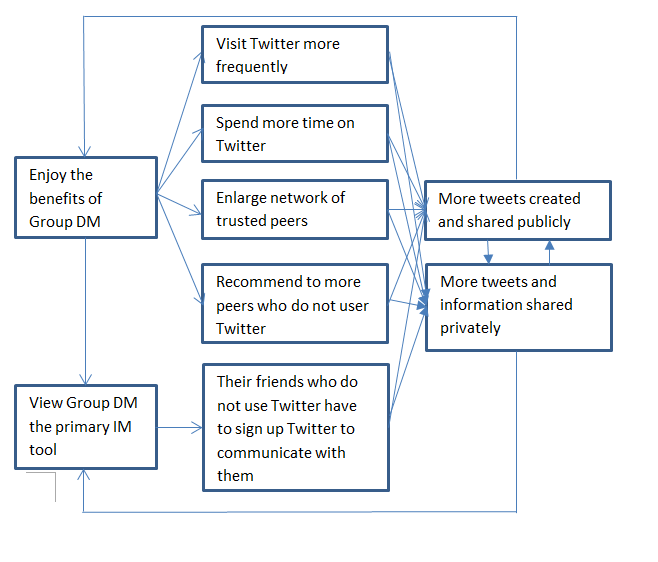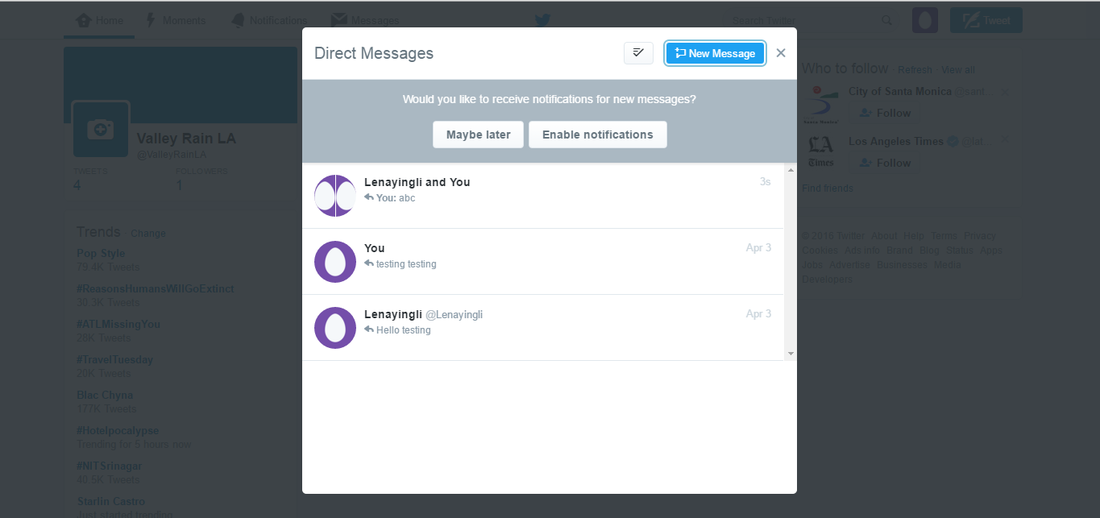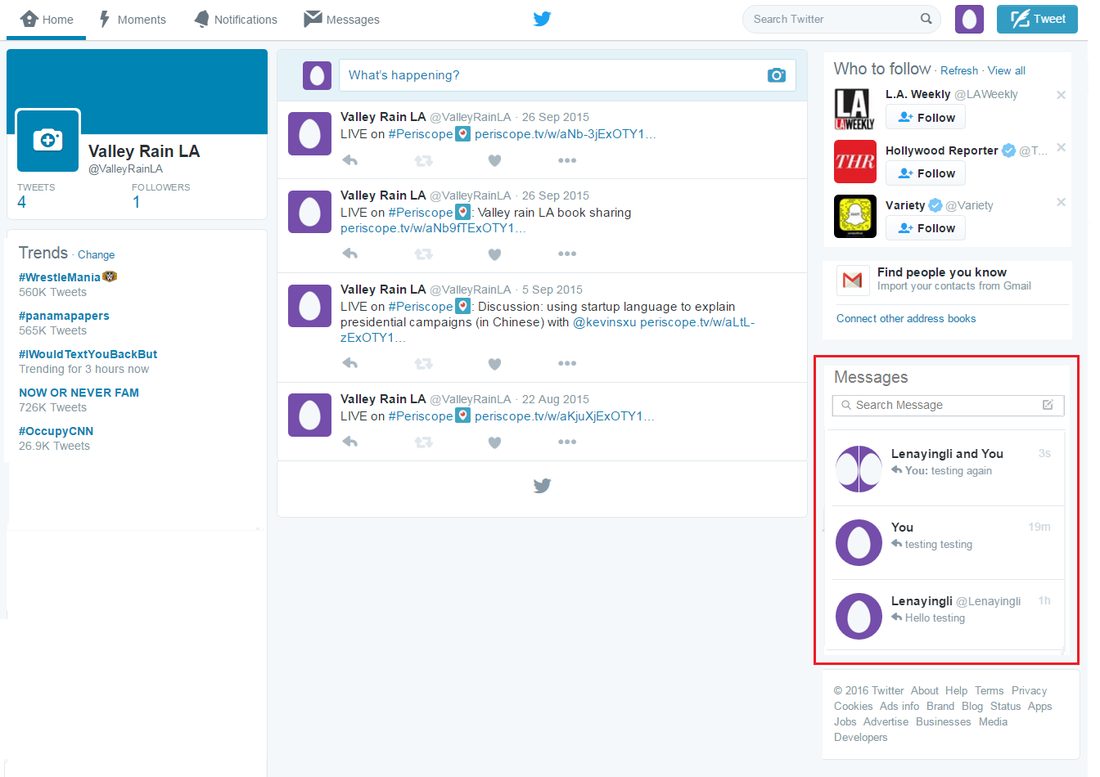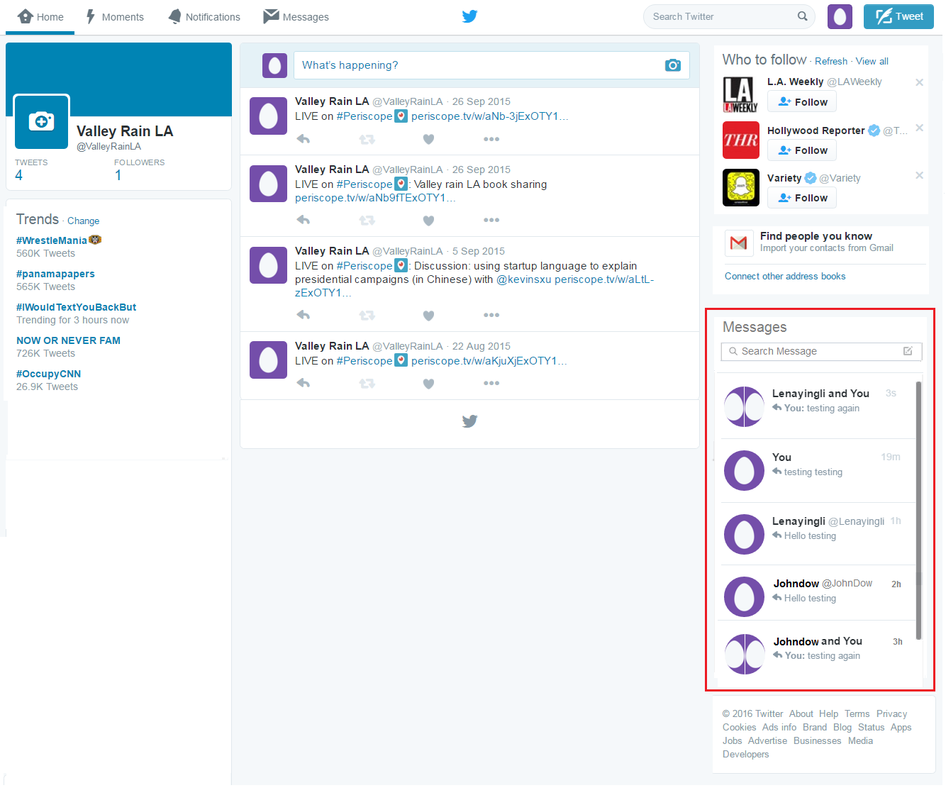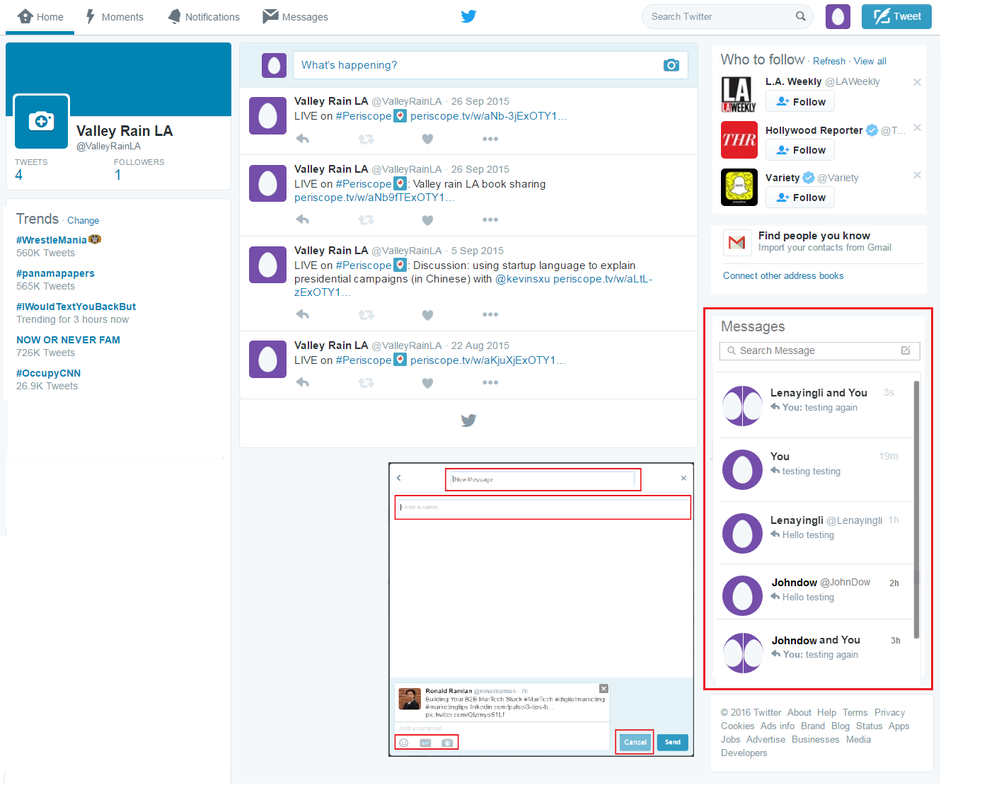|
Why Twitter launched this feature? Twitter’s mission is to give everyone the power to create and share ideas and information instantly, without barriers. Twitter had been doing well giving users the power to create and share publicly, and the new Group DM feature could promote more private conversations among users. There are several ways of using Group DM:
Based on above usage, Group DM can promote more tweets created and shared privately and publicly, which forms a virtuous loop and makes Twitter more self-perpetuating. Below is a chart to illustrate: To determine if this is a successful feature or not, they need to have both successful signals and failure signals. For this feature, the most important criteria to define the success is how much it can promote users to tweet more publicly and privately. However, this feature might promote private conversation at the cost of public tweet, or makes users feel spammed. These should be important considerations when evaluating if the feature can provide the expected results.
Based on the signals, they can set up metrics and conduct A/B testing to compare these metrics in control group and feature group. To see how this feature affects users of different cohorts, it’s helpful to track new users and existing users separately, and track public tweets and private messages separately:
To be able to ship the Group DM feature, Twitter needs to make sure that the metrics from Feature Group outperforms the metrics from Control Group, so that signals of success are obvious for Feature Group, while the signals of failure are not significant enough to indicate a concern. What if the feature fails? In case the feature had failed, I would identify the type of issues, conduct analysis and research to figure out the reasons, and provide solutions for rectification. Below is detailed explanation of each step. There could be different reasons why the Group DM fails:
What the failure would tell me:
To solve the problem, we can find ways to tackle each possible issue:
What additional feature can Twitter build if the Group Chat is successful, and why build it? The successful outcome confirms that Group DM can promote users to share more actively on Twitter publicly and privately. Right now, when three dots>>Share via Group DM under each Tweet, or Messages on Top Nav Bar is clicked, a modal will be popped up for group chat. In current design, when users are chatting privately in Group DM, users cannot view public tweets; when users are viewing public tweets, they cannot send private message.
To make browsing public tweets and chatting privately really complementary, we can give Group DM its own section on the Home page, instead of showing up in a modal or a separate Message page. Below is my proposal of the change:
I assume this way can promote more public tweets while chatting privately, and more private chat while tweeting publicly, and in turn promote more sharing among users both publicly and privately on Twitter. However, this feature might promote public tweets at the cost of private conversation. These should be important considerations when evaluating if the feature can provide the expected results.
The metrics to evaluate the success would be similar to what we have when first introducing the Group DM feature:
0 Comments
|
